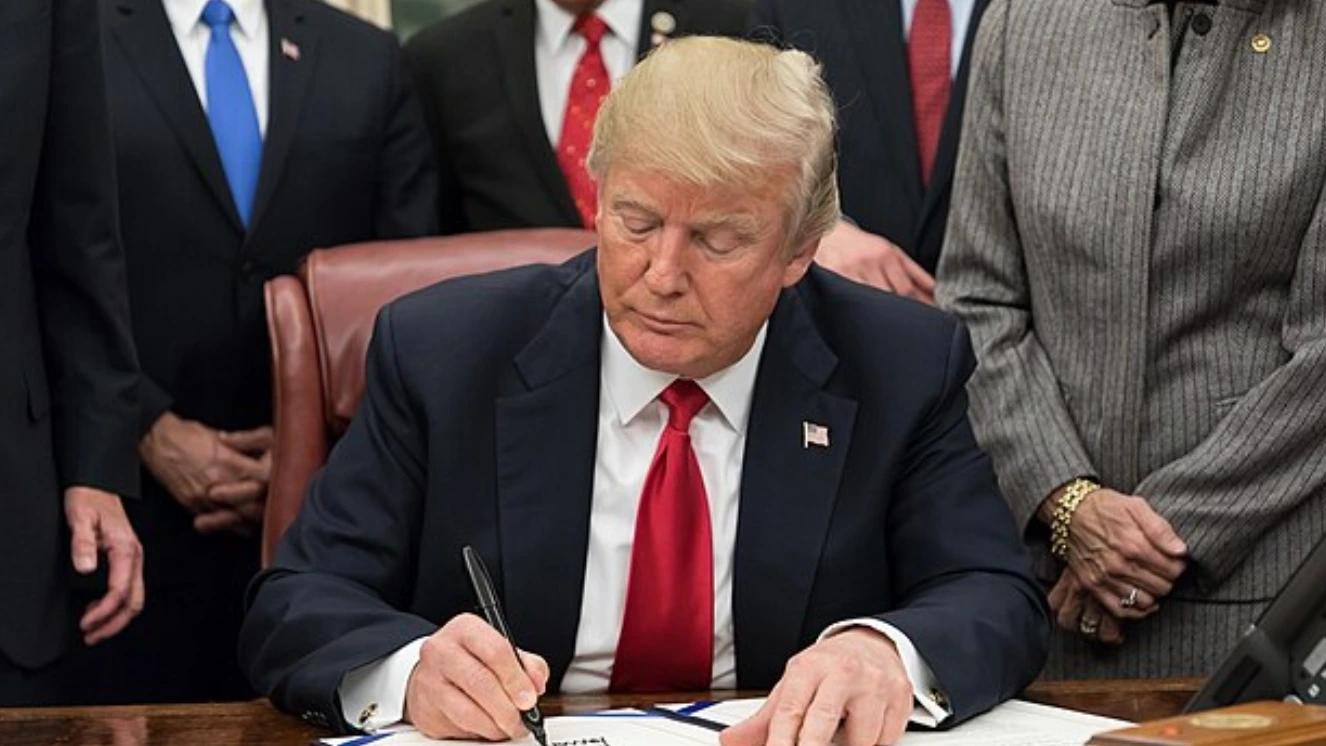PENTAGON CONSIDERS MAKING MORE US MILITARY BUDGET CUTS, RESUMES CUTTING PERSONNEL

Just recently, Trump’s administration made a budget cut of more than 90% in the foreign aid budgets. Now, they are considering making cuts to the top US military budget, as the Trump administration wants to minimize the federal government.
This plan, which is still under consideration, includes consolidating combatant commands, eliminating the directorate that oversees development, training, and education for the joint force, and pausing the expansion of US Forces in Japan.
Adding to these cuts, after legal challenges and pauses, The Pentagon is once again asking personnel to leave their jobs or face layoffs. Many of those who are affected are Veterans.
US Military Budget Cuts in Military Leadership
The Pentagon is considering making cuts to the top US military budget as they want to shrink the federal government, according to CNN and US defense officials.
In this regard, the Pentagon has proposed cutting 8% of its budget in each of the next five years, amounting to $50 billion each year. The current annual US military budget is over $800 billion.
The Department of Government Efficiency has pushed the Pentagon and other federal agencies to make cuts. Therefore, the document was prepared for senior leaders this March by US defense officials.
Last month, Secretary of Defense Pete Hegseth said that the DOD would refer to DOGE to help the department “find fraud, waste, and abuse in the largest discretionary budget in the federal government.”

What Would Happen to Military Operations?
This plan includes consolidating combatant commands, possibly eliminating a directorate that oversees development, training, and education for the joint force, and pausing the expansion of US Forces in Japan.
Consolidating Commands
One of the measures being considered to be cut is merging the European Command and Africa Command into a single command that will be based in Stuttgart, Germany. US Northern and Southern Commands will also be combined into a single AMERICOM command. The estimated saving in the first year is over $270 million.
The Pentagon’s consideration is focused on eliminating a large number of civilian employees, with the goal of cutting 5-8% of the department’s civilian workforce. The officials in 2007 determined that Africa is a large region with issues to have its command, which is why AFRICOM was created in the same year.
However, NORTHCOM and SOUTCOM have always been distinct. Both of these focus on different security priorities. NORTHCOM is homeland defense with the cooperation of Canada and Mexico. On the other hand, SOUTHCOM is in Central and South America, the Caribbean, and the surrounding waters.
Combining both would save the Pentagon about $330 million over five years, which makes it a significant move for the Pentagon.

Stopping the Expansion of US Forces Japan
The Pentagon is also considering stopping the expansion of US Forces Japan as the said estimated savings if the US Forces Japan is paused is about $1.1 billion in a year. However, this could create a political risk for the US in Japan.
During the Biden administration, the US military forces were revamped and modernized to deepen cooperation with Tokyo, regardless of increased threats from China.
Cuts to Joint Staff
The plan also includes firing nearly 400 civilians working in the Joint Staff’s future operations cell, cyber, and training, with the plan to also move hundreds of Joint Staff employees to a base in Suffolk, Virginia.
Why Is the Pentagon Considering These Cuts?
The government spends a huge amount on defense, and some of them are considered “wasteful spending.”
“Our budget will resource the fighting force we need, cease unnecessary defense spending, reject excessive bureaucracy, and drive actionable reform, including progress on the audit,” Hegseth wrote in a memo.
The full set of initial findings by DOGE revealed about $80 million in wasteful spending that could be better spent on lethality and readiness. Therefore, there’s a need for the Pentagon to make cuts, save costs, and reform the military.

US Military Budget Cuts to Pentagon Not Just for Top Leadership
While it was also written in the memo that this could create political risk, the goal of the current administration is to eliminate wasteful spending.
“With DOGE, we are focusing as much as we can on headquarters and fat and top-line stuff that allows us to reinvest elsewhere,” Hegseth said.
Back in February, Hegseth ordered the military to create plans to make the necessary cuts to the top US military budget over the next five years, with border security exempted.
While the cuts could save about $1 billion over the next five years, it could also result in “loss of key trained staff and experts either by elimination or re-location.”
Since Musk's "Fork in the Road" email, where federal employees were provided financial incentives to leave their positions before being fired, there have been pauses, legal challenges, and controversies.
However, The Pentagon is resuming the cutting of civilian DoD jobs, with 50,000 to 60,000 positions on the chopping block.
Concerns about military readiness persist, however, there are also questions about the impact on Veterans working in the defense industry.
Almost 21,000 resignations have already come in from federal workers and mass firings have sent shockwaves through the government.
While Hegseth argues the reductions will free up resources for critical needs, The Pentagon still hasn’t clarified which jobs are unnecessary, and despite officials claiming to only lay off a specific number of workers, internal memos suggest otherwise.
"There will be some Veterans impacted by the workforce reductions...even within the military, there are times where you see that individuals will leave service when their services are no longer directly in the nation's interest. And the same thing is true in the civilian side, and some of those people will be Veterans (who) served in uniform previously," said the Senior Defense Official.
Hegseth aims to sidestep legal challenges and streamline job reductions by having workers voluntarily leave their positions, but uncertainty remains over how these changes will impact national security and military operations.
What we do know is that the path being chosen for the future of the US military budget is one posing a direct threat to the livelihoods of thousands of Veterans who continue to help defend our nation.
Read next:
- $100B Military Spending Plan Advanced Amid Concerns of Budget Cuts Threatening Veterans
- Federal Budget Cuts Continue to Hurt Veterans as Lawmakers Remain Quiet
- Space Force Budget Cuts Persist as Space Threats Grow
Sources:



